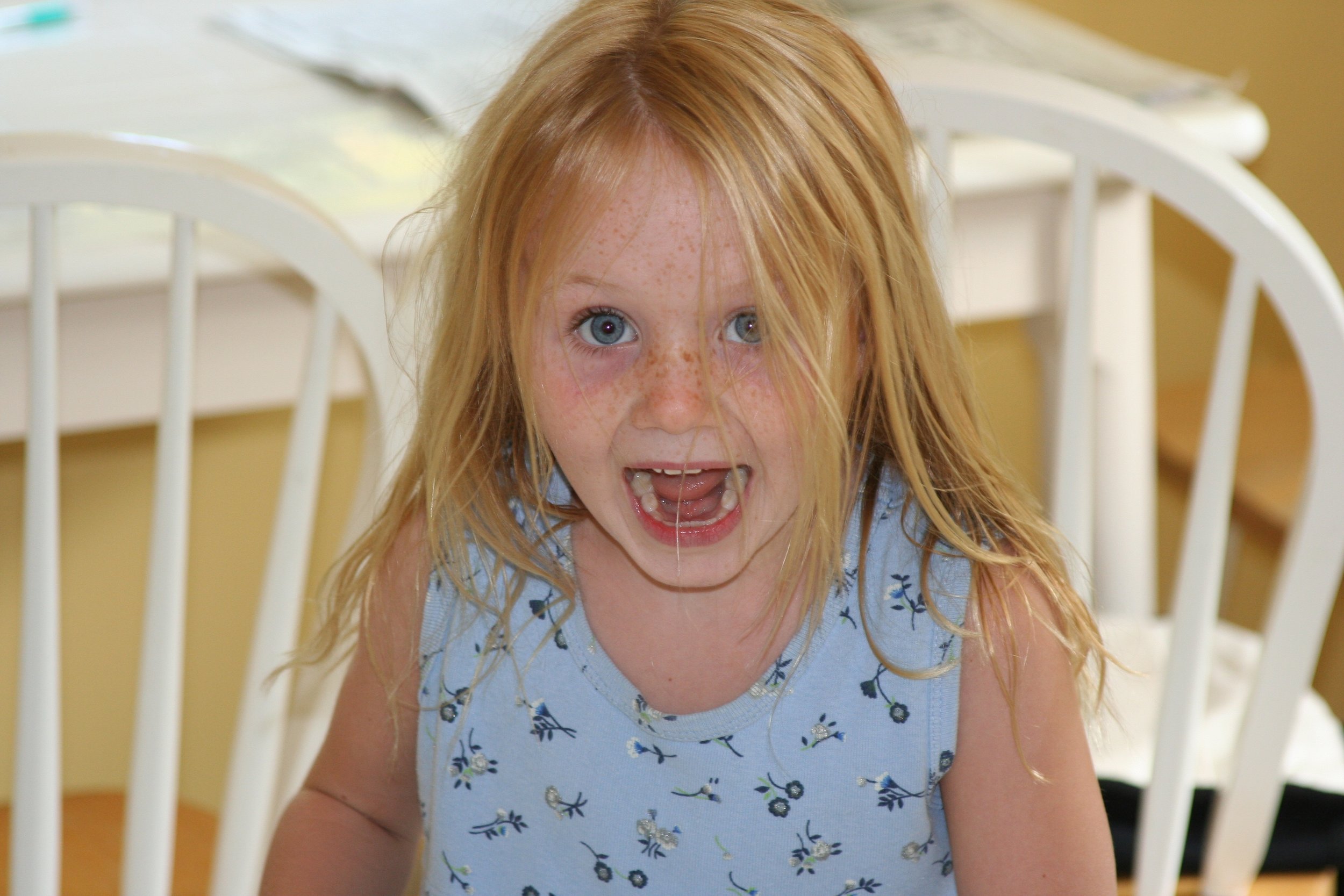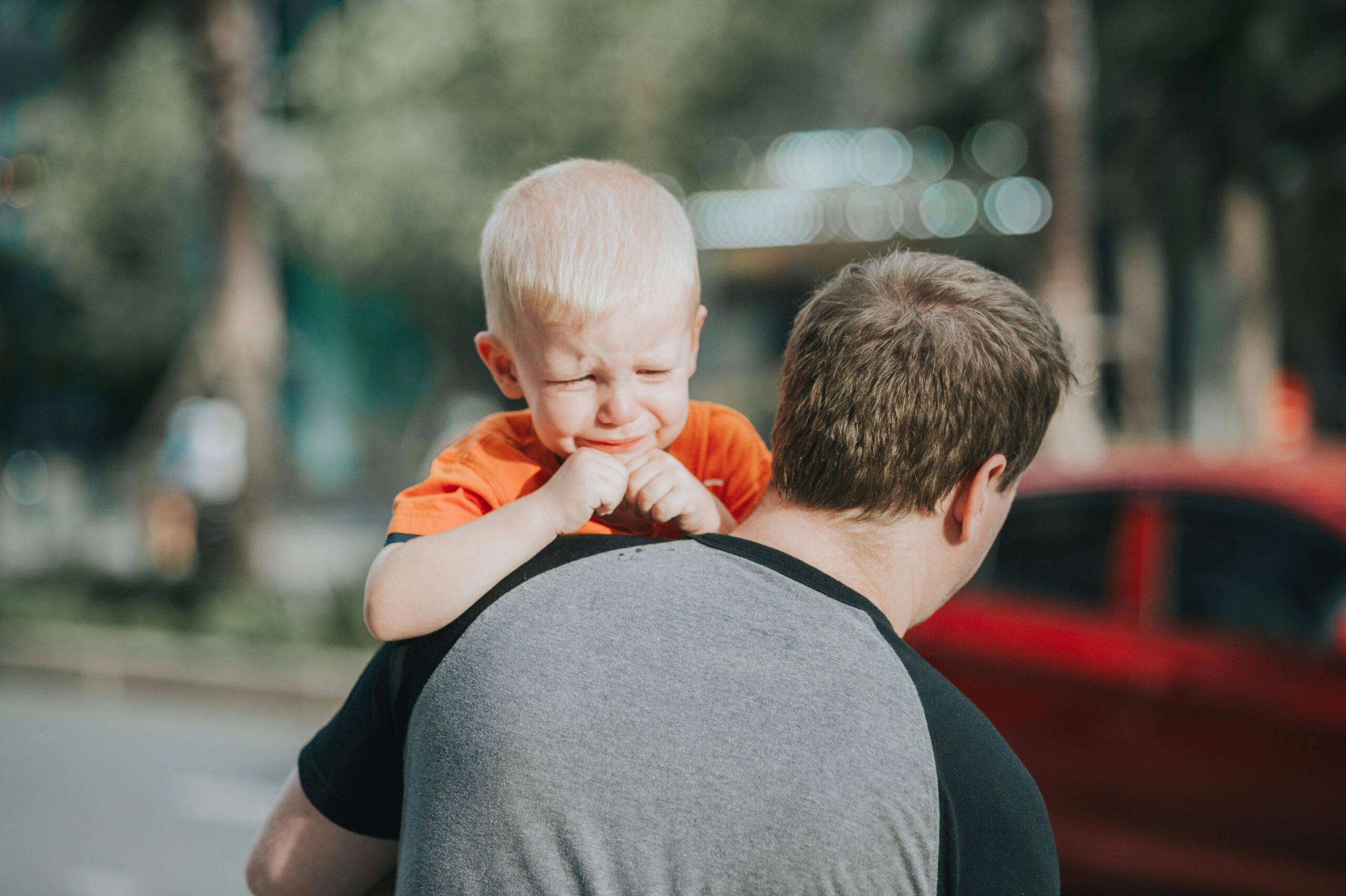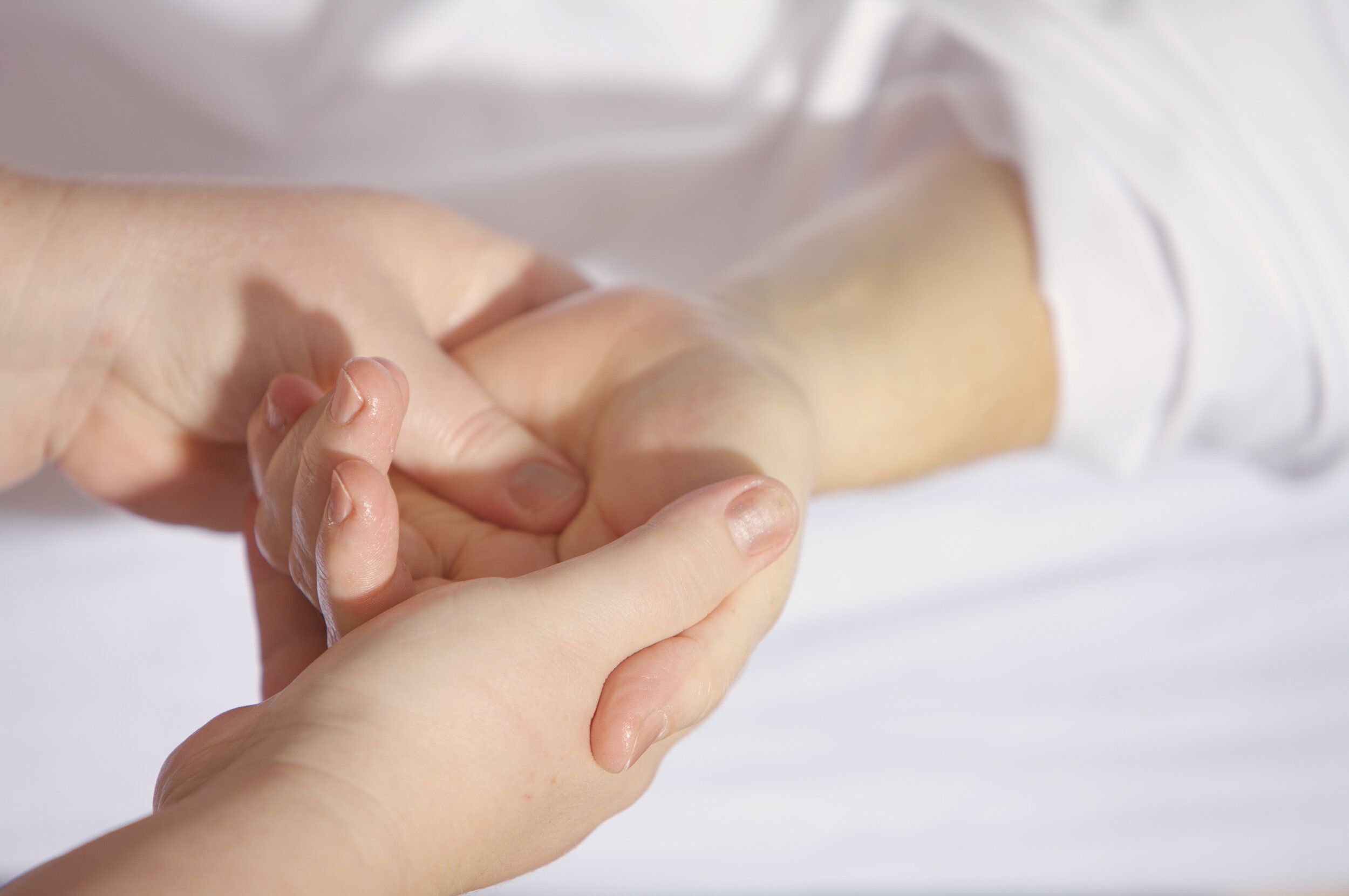WRITTEN BY BAILEY GROGG. M.SC CANDIDATE IN FAMILY STUDIES AND CHILD DEVELOPMENT, UNIVERSITY OF CENTRAL OKLAHOMA.
Every educator has struggled with disruptive behavior in the classroom. Most of the time, children are easy to reengage and eager to learn; however, there are those days when educators are feeling frustrated and patience can start to wear thin. If you are an early educator struggling with managing behavior in your classroom, try out the tips and tricks below!
1) Manipulation of the environment.
A lot can be done to prevent disruptive behavior in the classroom just through simple manipulations of the environment. This looks like tape on the floor where children are expected to line up or placing a picture of your student on the chair you would like them to sit in for snack. These simple, visual cues are very helpful to young children, as it makes directions clearer and therefore easier to follow.
2) Clear, posted, and consistent daily schedule.
Daily schedules are often looked at as another manipulation to the environment, but we think they are so important we thought they deserved their own section! Clear and posted daily schedules with visuals are imperative to managing behavior in the classroom. This creates a predictable environment and routine for young children which contributes to their feelings of security. Teachers should foster predictable classrooms by referring to the daily schedule often throughout the day. For instance, at clean up time after free play an educator would walk over to the schedule and say something like, “Okay, friends! We are going to start cleaning up and then it will be time for snack.” As she points to pictures next to each item on the schedule. These cues are helpful to children as they are able to eventually use these schedules as markers of where they are at in their day (a.k.a. how close they are to Mom, Dad, or Grandma picking up them up!).
3) Highlight the positive.
Sometimes in the milieu of the day, teachers forget to respond to positive behaviors in the classroom which can result in the teacher-child interactions mainly being situated in the context of responding to disruptive behavior. Positive interactions are so important in early childhood as children learn from the relationships in which they are active participants. However, this can also teach children that the only way to gain the attention of their teacher is through acting out. Early educators should be responding to positive behavior twice as often as they are disruptive behavior (which means: if you have a lot of challenging kids in your class, you are going to be handing out a LOT of compliments). The power of positive interactions can be seen almost immediately. For instance, have you ever been handing out snack or crayons at craft time and one child says, “Thank you!” and you’ve responded by saying, “Oh, nice manners! I love when you use please and thank you,” and then a symphony of “Thank you’s” and “Please’s” erupts? Children yearn to feel valued, which makes positive teacher-child interactions the best way to improve overall behavior management in your classroom!
Hopefully these strategies are helpful in your classroom as you attempt to grow and guide young minds! If you are feeling like you need more assistance or advice, send us an email at [email protected]!












